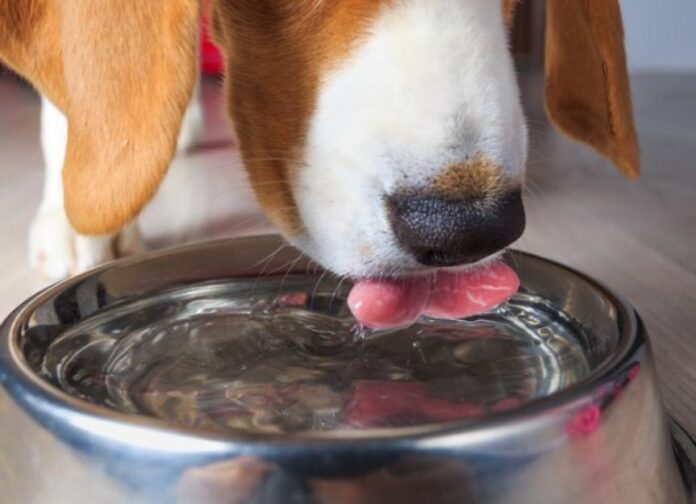The Importance of Hydration for Dogs: A Comprehensive Guide
Reviewed and updated for accuracy on August 11, 2020, by Jennifer Larsen, DVM, PhD, DAVCN.
Water is essential for the health and well-being of your dog, as it is the primary component of healthy, functioning cells. Lack of adequate water intake can lead to dehydration, which can significantly impact your dog’s health. Understanding how much water your dog needs, as well as recognizing the signs of dehydration, is crucial for every pet owner.
How Much Water Does Your Dog Need Daily?
The daily water intake for dogs varies based on several factors, including size, diet, and activity level. A general guideline suggests that dogs should consume approximately 1 ounce of water per pound of body weight each day. However, individual circumstances can affect this amount, and it’s vital not to restrict your dog’s water intake unless advised by a veterinarian.
Ensure your dog has constant access to fresh, clean water every day, as hydration is vital for their overall health. No need to meticulously measure their water; simply refill their bowl as needed.
Possible Reasons for Reduced Water Intake
If your dog is drinking less water than usual, several factors might be at play:
1. Diet Type
Dogs consuming wet food or homemade meals may obtain significant moisture from their food, which could result in lesser water consumption than those eating dry kibble (which lacks moisture).
2. Illness or Pain
Health issues or pain can lead to decreased water intake. If you suspect this is the case, consult your veterinarian for a diagnosis and possible treatments.
3. Temperature and Exercise
Hot weather or increased exercise can raise your dog’s need for water. Ensure they have enough hydration, especially after physical activities or during warmer climates.
Is Tap Water Safe for Dogs?
In general, tap water that is safe for humans is also safe for dogs. However, if you reside in an area with known water safety issues, consult your veterinarian about alternatives such as bottled or filtered water for your dog.
Consequences of Inadequate Water Intake
Lack of sufficient water can lead to serious health issues, including dehydration, which can damage vital organs like the kidneys and liver. In severe cases, prolonged dehydration may lead to organ failure and death.
At-Risk Situations for Dehydration
- Kidney disease
- Metabolic disorders such as diabetes
- Cancer
- Pregnancy or nursing, which may increase water requirements
How to Detect Dehydration in Your Dog
Follow these steps to check for signs of dehydration:
- Gently pinch the skin between your dog’s shoulder blades.
- Pull the skin upwards gently, then release.
- Observe how quickly the skin returns to its original position.
The skin should quickly flatten back against your dog’s body. If it takes longer to return, or remains elevated, your dog may be dehydrated. Additional signs of dehydration include:
- Dry, sticky, or pale gums
- Sunken eyes
- Dry nose and mouth
What to Do If Your Dog is Drinking Excessively
If you notice an increase in your dog’s water intake or urination frequency, consult your veterinarian. Increased water consumption may indicate underlying health issues. A veterinary examination, along with blood or urine tests, can help ascertain the cause. You may be asked to monitor your dog’s water intake, so be prepared to keep track of the amount consumed each day.
Maintaining Clean Water Bowls for Your Dog
It is essential to clean your dog’s food and water bowls daily with soap and water to prevent bacterial growth. Opt for smooth bowls that are easy to clean, avoiding those with scratches or crevices where bacteria can thrive. Regular maintenance of your dog’s hydration is vital for their overall health. If you have concerns regarding your dog’s water intake, do not hesitate to reach out to your veterinarian for further guidance.
Staying vigilant about your dog’s hydration can lead to a healthier and happier life for your beloved pet.
Featured Image: iStock.com/alex_ugalek











